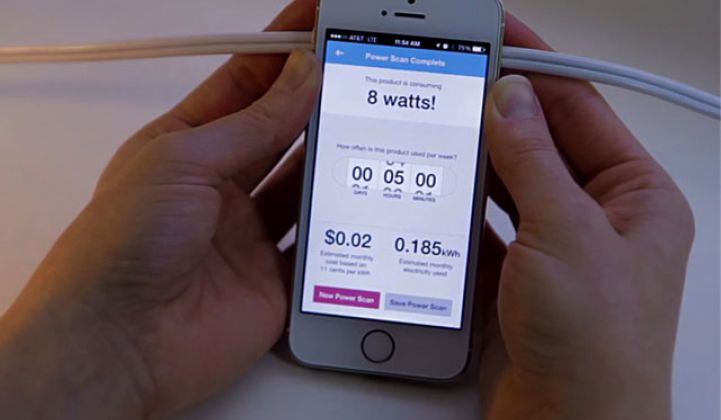Vectorform, the Detroit-area design and technology firm that has produced apps for Disney and Kaiser Permanente, is turning its attention to energy waste.
Vectorform has launched its mobile energy efficiency platform, Powerley, in partnership with local utility DTE Energy. In the first nine months, the app has been downloaded more than 55,000 times.
“When you reframe the perspective and put the data in...people’s hands, they pay more attention,” said Kevin Foreman, director of product vision at Vectorform.
Customers in DTE’s territory who have a smart meter can see their daily electric and natural gas usage and receive customized energy-efficiency tips.
In many ways, the basic functionality is similar to what other third-party energy efficiency platform providers offer utilities, such as setting weekly or monthly energy or bill targets and getting alerts.
It also provides a trio of customized energy challenges each week. As customers meet the challenges, they earn points, which go toward earning an avatar. However, unlike some other energy apps that use gamification to engage customers, such as Simple Energy, there are no prizes that come along with the points.
To get the most out of the app, users need to request a free gateway from DTE called an energy bridge. The energy bridge takes electricity readings from the smart meter every three seconds. Like the rest of the product, the energy bridge is made in Michigan. The device itself stores one-minute meter data for 13 months. The data is not stored to the cloud.
“A lot of our competitors say that the data is theirs, but we take the other approach,” said Foreman. While Vectorform can do analytics with the data, it does not store that information, and only DTE keeps customer’s interval data from smart meters, although not at one-minute resolution.
About half of those who have downloaded Powerley have requested an energy bridge. Once people have it, they can use the PowerScan function to hold their smartphone up to a power cord to measure the wattage of any device. It measures the wattage by using the magnetometer in the phone to read the magnetic field of the wire, achieving about 95 percent accuracy, said Foreman.
Users can take that wattage and then input how often they use that device in a typical day, week or month and see what it’s costing them. It’s impractical for many of the largest energy loads in a house, but that’s not the point, said Foreman.
“It’s to get people excited,” he said. “We see it as complementary to disaggregation.” The same way that people show off all sorts of crazy apps on their phones, he said PowerScan can deliver the gee-whiz factor as users check out different loads in their homes.
The loads users can check with PowerScan are the ones they may be more likely to turn off more, not refrigerators. He said Vectorform has observed people turning lights on and off while looking at the real-time data on their phone.
“We’re getting people to understand what a watt is,” he said. So far, it’s working. Foreman said the app had a retention rate of about 65 percent. After nine months, preliminary data shows it has delivered an average of about 8 percent energy savings for the customers who downloaded the app and had an energy bridge.
The energy bridge costs about $100 today, but Vectorform hopes to drive that to sub-$50 with greater scale, which will only come if the company can woo additional utility clients in a crowded marketplace for energy-efficiency platforms.



